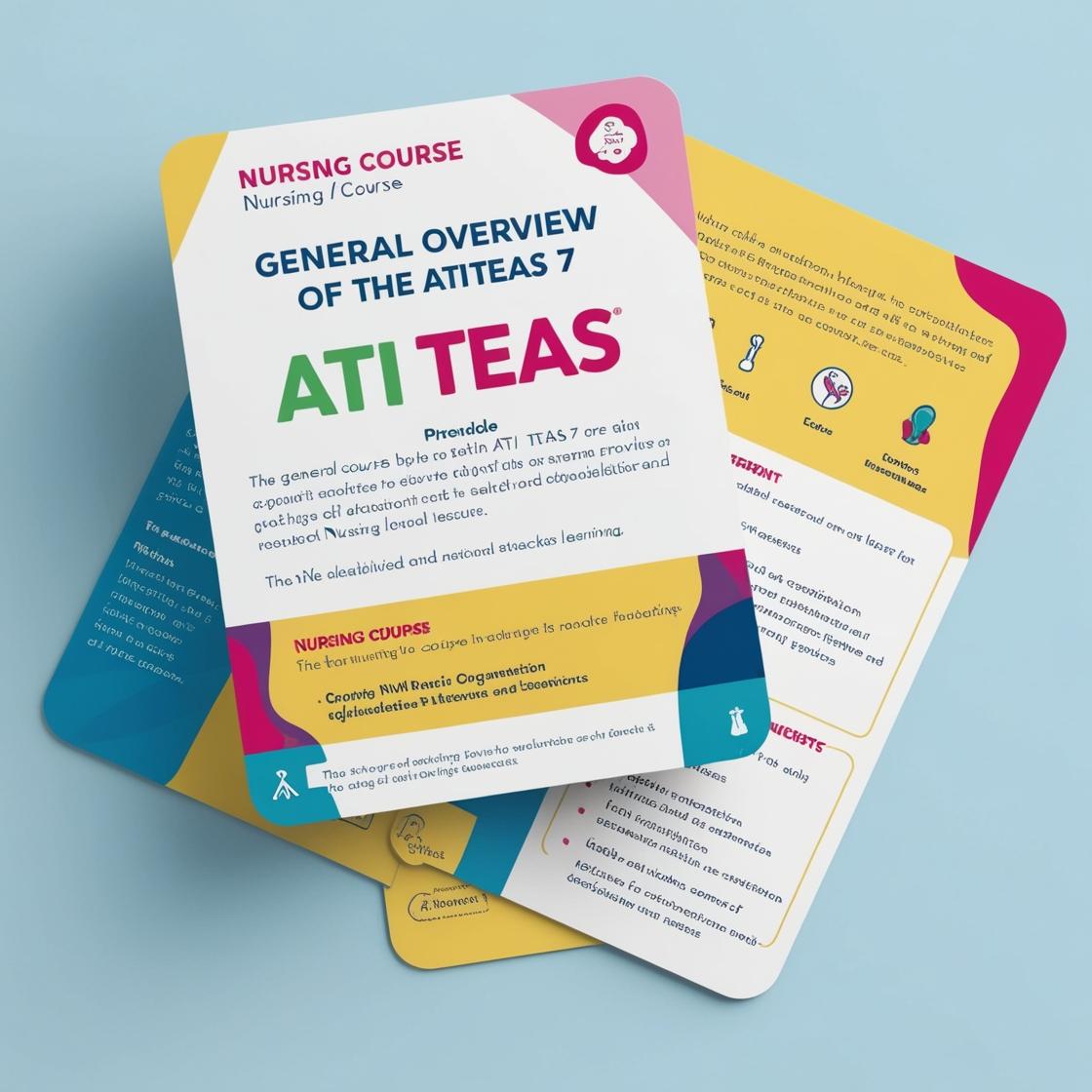ATI TEAS 7
TEAS Test English Questions
1. Many _____ books are popular among adults these days.
- A. Children's
- B. Childrens's
- C. Childrens'
- D. Childrens
Correct answer: A
Rationale: The correct answer is 'Children's.' In this context, 'Children's' is the correct possessive form to indicate that the books belong to or are associated with children. Choice B ('Childrens's') is incorrect due to the unnecessary extra 's' after the apostrophe. Choice C ('Childrens'') is wrong as it is missing the apostrophe to show possession. Choice D ('Childrens') is incorrect as it is missing the apostrophe and does not form the possessive form correctly.
2. Here's what I'd like you to bring tomorrow: two dozen cupcakes, a carton of milk, and party napkins. Which of the following punctuation marks best completes the sentence above?
- A. ;
- B. .
- C. :
- D. ,
Correct answer: C
Rationale: The correct answer is a colon (C). In this sentence, the colon is used to introduce a list of items that the speaker wants you to bring. The colon is the most suitable punctuation mark in this context. Choice A (;) is incorrect because a semicolon is used to connect independent clauses or items in a list when those items contain commas. Choice B (.) is incorrect because a period ends a sentence and does not fit here as the sentence continues. Choice D (,) is incorrect because a comma is used to separate items in a list, but the sentence needs a punctuation mark that introduces the list.
3. Surely, he thought, I can’t trust this enticing yet dubious offer, although I could use the opportunity more than I’d like to admit. 'Although' is which part of speech?
- A. Adverb
- B. Preposition
- C. Conjunction
- D. Adjective
Correct answer: C
Rationale: 'Although' is a conjunction because it connects two clauses in the sentence. In the given sentence, 'although' introduces a dependent clause ('although I could use the opportunity more than I’d like to admit') and connects it to the independent clause ('Surely, he thought, I can’t trust this enticing yet dubious offer'). This conjunction shows the contrast between the two ideas. Choices A, B, and D are incorrect because 'although' does not function as an adverb, preposition, or adjective in this context.
4. Based on the word parts, which of the following is a synonym for superlative?
- A. Relevant
- B. Surprising
- C. Excellent
- D. Unimportant
Correct answer: C
Rationale: The word 'superlative' implies the highest quality, which aligns with the meaning of 'excellent'. Therefore, 'excellent' is the correct synonym. Choice A, 'Relevant', does not convey the same meaning and is unrelated to superlative. Choice B, 'Surprising', suggests something unexpected rather than the highest quality. Choice D, 'Unimportant', is the opposite of what superlative represents, making it an incorrect choice.
5. Which of the following sentences contains a colloquialism?
- A. The Centers for Disease Control and Prevention is pretty sure that the Zika virus is spread through mosquito bites.
- B. Travelers who are pregnant or considering pregnancy should consult a doctor.
- C. Some theories on the Zika virus are difficult to understand.
- D. In response, the U.S. has taken steps to prevent the spread of the Zika virus.
Correct answer: A
Rationale: The correct answer is A because the phrase 'pretty sure' is a colloquialism, making the sentence less formal. Choice B is incorrect as it is a formal recommendation. Choice C is incorrect as it contains no colloquial expressions. Choice D is incorrect as it is a straightforward statement without colloquial language.
Similar Questions

Access More Features
ATI TEAS Premium Plus
$149.99/ 90 days
- Actual ATI TEAS 7 Questions
- 3,000 questions with answers
- 90 days access
ATI TEAS Basic
$99/ 30 days
- 3,000 Questions with answers
- 30 days access
